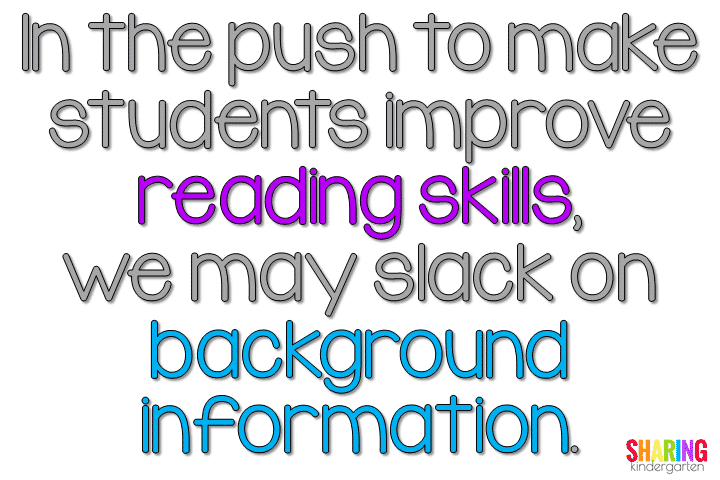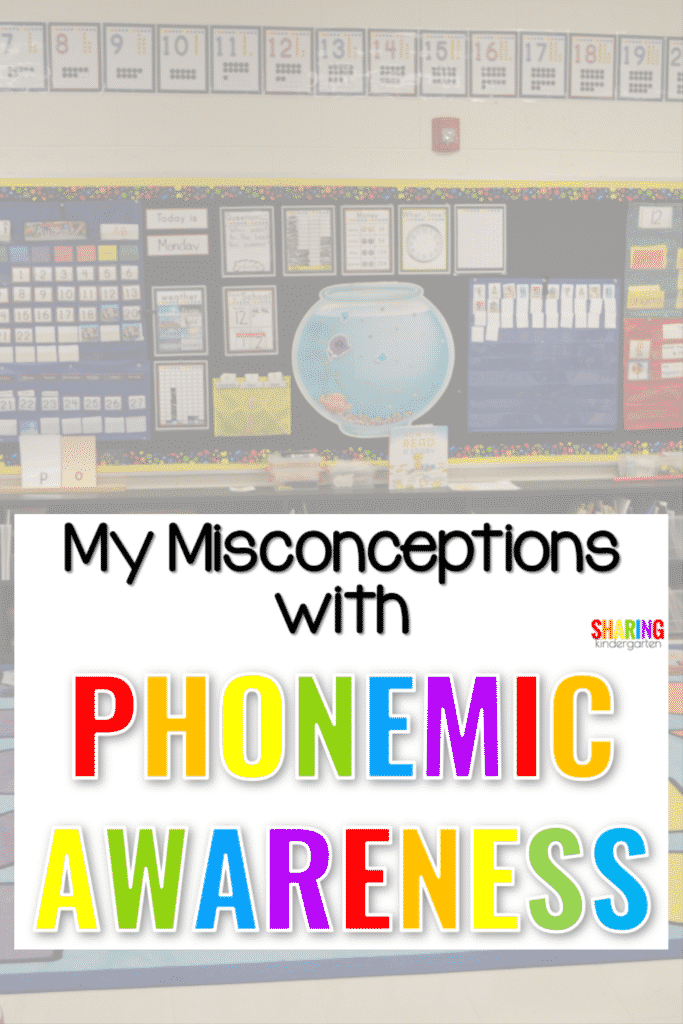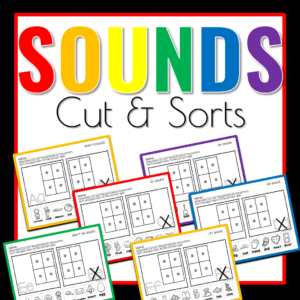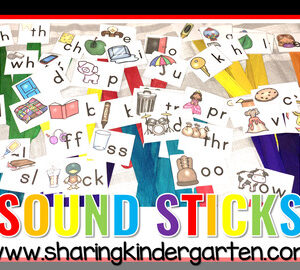
As many reading teachers and textbooks will tell you, the components of reading are phonics, phonemic awareness, vocabulary, fluency, and reading comprehension. Although I often find myself pretty solid with phonics. Sometimes I am too heavy with phonics. And that is exactly where my misconceptions leave me. Let me explain. And hopefully, this will help your misconceptions as well.
I Did Not Know What I Did Not Know
In the beginning, when I was in college, we talked a lot about all those reading terms and definitions. I can’t say that I was clear on teaching phonics. When I first got a position teaching Kindergarten, the reality of being strong in teaching reading set it. Meaning, I needed to be a strong phonics teacher.

Secondly, my first school had a curriculum map and used Saxon Phonics. The best part of Saxon is the script you can read and follow. This really made me a strong phonics teacher. Next, I worked on improving my weaknesses and helping my students.
Then, several years ago, my county moved towards teaching Orton Gillingham’s approach using the book Recipe for Reading. I started using more hands-on learning approaches and blending boards. If I thought my phonics approach was strong before, I know it only got better.

What I Lost Along the Way
Next, somehow from point A to point B, I got lost. I am not proud of myself, but it happened. I am admitting to this because it could happen to you. In the push to improve student’s reading skills, we may slack on background information. Faster doesn’t always equate to better.
Let me explain. When I am working on developing great phonemic awareness skills in my students, I have found myself moving towards showing letters and building words INSTEAD of concentrating on the brain development of an auditory skill.
What am I saying… I am confusing phonics with phonemic awareness. I also have found myself pushing adding letters to a phonemic awareness activity to “integrate” when in fact I am subsisting on phonics for phonemic awareness instead.

Info On Phonemic Awareness
Finally, let me give myself and maybe YOU some reminders on phonemic awareness. (Just in case you too, get lost or have gotten lost along the way.)
-Phonemic awareness is “the ability to understand that spoken words are made up of separate sounds, called phonemes—the smallest units of sound, and to differentiate those sounds.”
-Phonics is the relationship between specific, printed letters (including combinations of letters) and specific, spoken sounds.
– My BIG reminder moment was this… phonemic awareness can be taught in the dark because the idea is for children to LISTEN to sounds rather than see. (This is huge for me and something I NEED to keep in my head!)
-There is a sequence to teaching phonemic awareness skills. And working on these skills can be done in minutes a day and with whatever phonics program you currently use.
-Phonemic awareness is present in good readers and usually absent in poor readers, meaning we can support weaker readers by being strong in this area. Knowing what our low readers need is key to making them, strong readers.
-Phonemic Awareness needs to be taught consistently and systematically. But it can also be taught in fun and engaging ways. Remember this is auditory and without letters.
-This is not a one size fits all situation. As with most things, there is more than one approach to teaching reading, thus phonemic awesome is not the only approach. Some students learn to read in other ways.
Want to see how I plan for Phonics INCLUDING Phonemic Awareness?
https://sharingkindergarten.com/click-plan-with-this-scope-sequence/
-
Sound Cut & Sorts$3.00
-
Sound Sticks$3.00
-
Sound Tents and Blending Board$4.00




Leave a Reply